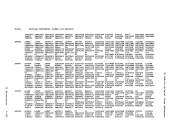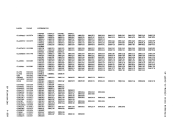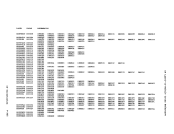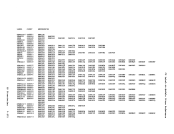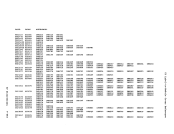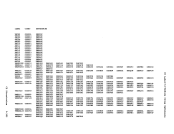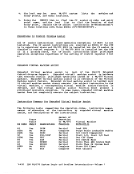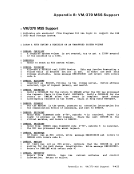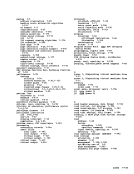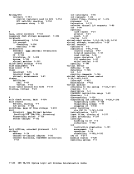Each spool file in the systea is controlled by a spool file control
block(SFBLOK) that is resident in storage. While the file is open,
these blocks are chainedfrom the devices (either real or virtual) that
are processing the file, andfrom device type file anchors after the
file is closed. There is one file chain each for printer, reader, and
punch files. EachSFBLOK contains information about the file that
describes its owner and originator (these can be different for
transferred files), the filename and filetype, and the class and nu.ber
of copies for output files. All of these attributes can be exaained andmost can be changed by the file's owner or the system operator. The SFBLOK also contains information such as the starting and ending buffer
addresses for the file, the record size, certain file status flags, etc.SPOOL BUFFER !ANAGE!ENT Buffers that temporarily store spool data on its way between DASD secondary storage and the user's virtual machine are allocated froa a
pool of virtual storage space that belongs toCP. The size of this pool
varies with the real storage available toV!/370 (the storage specified
atsystem generation or actual real storage, whichever is less).
Allocation is as follows:
384K to 655,360 bytes
655,361 bytes to 1.1megabytes 1.1 aegabytes to 3 megabytes
over 3megabytes Virtual Buffers
__Allo£ateL_ 128 320 640 1280 Virtual storage buffers are allocated in 1-page increments by D!KPGT at the tiae the spool file is opened for either input or output. If no
virtual storage space is available, the virtual machine is terminated
with aPGT008 abend. This places li.its on the nuaber of concurrent
spooling operations peraittedby the system because spooling operates as
a high-priority task.
Real storage is not allocated for a spooling buffer until a virtualmachine actually issues a SIO that attempts to transfer data between the
buffer and the user's virtual storage space. At thistime, a page of
real storage is allocated to the buffer via the real storage paging
aanager. The buffer is locked inmain storage (that is, is unavailable
to be paged out) only for the amount oftime necessary to transfer the
data. After the data transfer is complete, the buffer is treated as anormal page of virtual storage, and can be selected to be paged out.
This ensures that low-usage spool files do not have buffers in real
storage, while the buffers for high-usage files shouldreaain resident.
(Two spool file buffers are maintained for a3800 printer.) The
location of the spool buffer in real storage is transparent to the
virtual spooling executive, because all references to the data therein
are accomplished through the DAT feature of the processor.
1-138IBM VM/370 System Logic and Problem Deteraination--Voluae 1
block
these blocks are chained
are processing the file, and
file is closed. There is one file chain each for printer, reader, and
punch files. Each
describes its owner and originator (these can be different for
transferred files), the filename and filetype, and the class and nu.ber
of copies for output files. All of these attributes can be exaained and
addresses for the file, the record size, certain file status flags, etc.
pool of virtual storage space that belongs to
varies with the real storage available to
at
Allocation is as follows:
384K to 655,360 bytes
655,361 bytes to 1.1
over 3
__
virtual storage space is available, the virtual machine is terminated
with a
spooling operations peraitted
a high-priority task.
Real storage is not allocated for a spooling buffer until a virtual
buffer and the user's virtual storage space. At this
real storage is allocated to the buffer via the real storage paging
aanager. The buffer is locked in
to be paged out) only for the amount of
data. After the data transfer is complete, the buffer is treated as a
This ensures that low-usage spool files do not have buffers in real
storage, while the buffers for high-usage files should
(Two spool file buffers are maintained for a
location of the spool buffer in real storage is transparent to the
virtual spooling executive, because all references to the data therein
are accomplished through the DAT feature of the processor.
1-138






















































































































































































































































































































